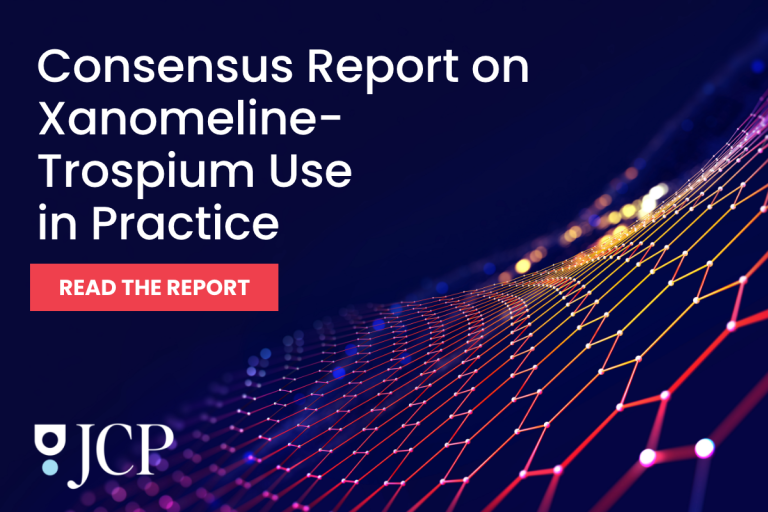An exhaustive new Swedish research project has exposed persistent — and rather startling — suicide risks among those discharged from involuntary psychiatric care. Those risks appear to peak in the first month after leaving the hospital. Worse still, they seem to remain elevated years later.
The findings, published in The Lancet, offer the clearest picture yet of outcomes following this most intensive form of psychiatric intervention. It also underscores the urgency for a shift in how we approach post-discharge support.
Methodology
Drawing on more than a decade of linked national registry data, researchers tracked every person discharged from involuntary psychiatric care between 2010 and 2020. The list included more than 72,000 individuals spanning 134,000 care episodes.
Of these, 2,104 died by suicide during a median follow-up of 4.4 years. That works out to one suicide for about every 64 discharges. It’s a rate that the authors describe as alarmingly high.
“We saw that the risk of suicide was highest during the first month after discharge, and that it remained elevated for several years,” Karolinska Institutet doctoral student (and co-author) Leoni Grossmann elaborated. “Considering that these are the most severely ill patients in psychiatry, it is no surprise that the risk of suicide was higher than for those receiving voluntary care.”
Within the first month of discharge, the suicide rate reached nearly 3,000 deaths per 100,000 person-years. That’s roughly 200 times the rate observed in the general population. Although the risk dropped off over time, it remained more than 50 times higher than average even five years later. Compared with patients who had been hospitalized voluntarily, or who received outpatient psychiatric care, those treated involuntarily faced consistently greater risks across every time period that the researchers looked at.
Demographic Differences
The findings also expose substantial differences within the population itself. Men faced higher suicide rates than women overall, but women showed a greater increase in risk relative to women in the comparison groups. That, the authors suggest, implies that involuntary hospitalization might be a particularly strong risk marker for them.
Young adults, especially those ages 25 to 29, faced the highest suicide rates of any age group.
Diagnosis mattered, too. The patients most likely to die by suicide were those living with personality or substance use disorders.
Individuals diagnosed with schizophrenia or other psychotic conditions, on the other hand, had the lowest suicide rates in the cohort, despite making up one of the largest diagnostic groups. A history of intentional self-harm or previous episodes of involuntary care also drove up risk.
“Among other things, the results also show that involuntary treatment is a risk marker for suicide. The findings should be useful to identify specific risk groups, but it is important to point out that our observational study cannot be interpreted as meaning that involuntary treatment causes suicide,” principal investigator John Wallert added. “However, it is important that healthcare providers follow these patients with the right support after discharge. We now want to investigate whether the differences in risk can be used to support discharge decisions and tailored follow-up after compulsory treatment.”
Clinical Implications?
The implications are clear. The authors contend that post-discharge suicide prevention efforts must be stronger, more consistent, and more tailored. Early follow-up visits, safety planning, assertive outreach, and targeted therapies (such as brief cognitive behavioral interventions) all remain viable options.
And as far as policymakers are concerned, the data illuminate a high-risk population that could benefit from expanded community services and structural supports, particularly around housing, income, and social connection.
The message is sobering but not hopeless. For people emerging from involuntary psychiatric care, discharge isn’t the end of the crisis. It’s the beginning of a long, vulnerable period. And it’s one that health systems must treat with the same urgency as hospitalization itself.
Further Reading
U.S. Suicide Deaths Reach Record High



